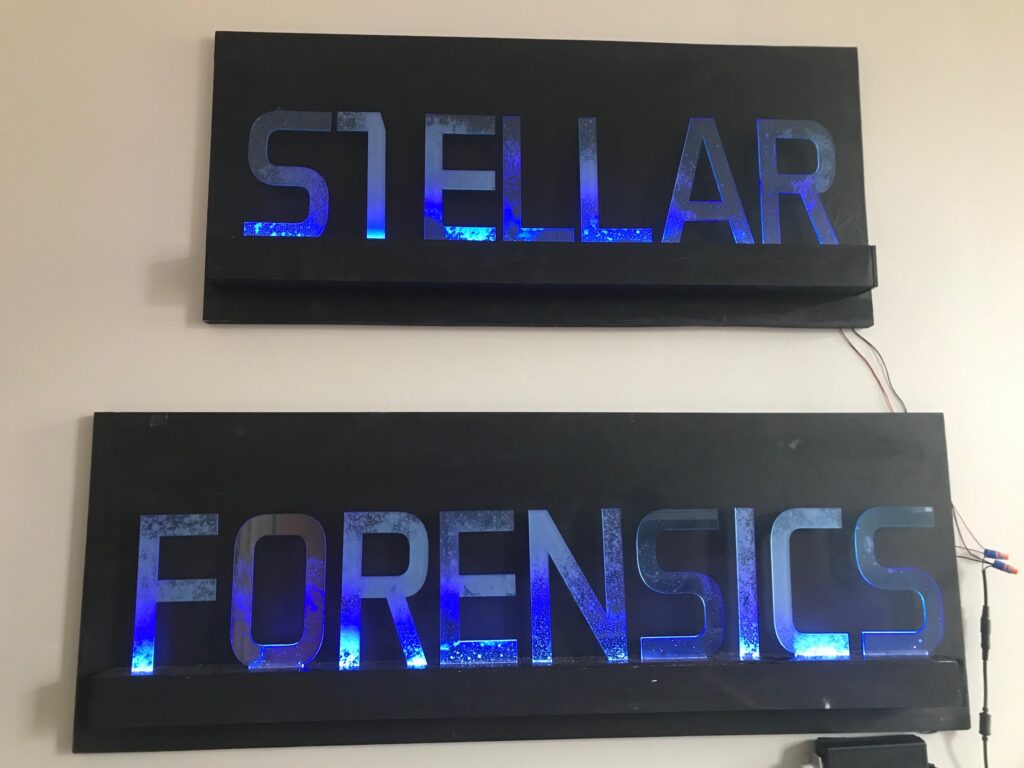
Welcome! I am a professor of Astronomy at the Astronomy department of the University of Virginia (UVa) . Before that I was faculty at the Center for Cosmology and Particle Physics of the NYU Physics department. My pronouns are (she/her/hers).
News
- I’m very excited to start as full professor at UVa in the fall of 2022, after 11 wonderful years at NYU ! The astro department at UVa has currently access to a number of great & large-aperture telescopes such as the Magellan, MMT and LBT, as well as APO. We are part of the broader and growing groups of UVa’s “Exploding Stars & Time Domain Astronomy” .
- I’m delighted to have received the prestigious Faculty Fellowship by the Humboldt Foundation that will enable me to spend the summers of 2018-2020 at the Max-Planck Institute for Astronomy in Heidelberg, Germany.
- I was featured in the Apple ad “Don’t blink” (see below picture, where I explain what “Nits” are) for the launch of iphone 7 and iwatch2 in Sept 2016. The original video, with almost 7 million views, is no longer available on Youtube (because of license reasons), but this upload by the Casting Company still is (I appear at 1:38min). I was interviewed & profiled for an article in ScienceLine.
- We are going LIVE with our github respository and SNYU webpages which release our data, data products (including SNID templates) and code to the public. It will be soon renamed (name TBA).
Research

Research Interests: Supernovae, SN-GRB Connection, Environments of SN and GRBs, Time-Domain Astronomy, Exotic Explosions


Adrian Crawford for design & naming – JWST for the Cas A picture
My research and that of my group addresses fore front problems in stellar death astrophysics through extensive and panchromatic observations of various types of massive stellar explosions, specifically Gamma-Ray Bursts and Supernovae, which are among the most powerful explosions in the universe, as well as a growing class of exotic transients. Our group members voted on calling our group “METAL = Modjaz Explosions & Transients Astronomy Lab”.
With the goal of understanding their stellar progenitors, in a “Stellar Forensics” investigation, and the explosion conditions that determine the fate of massive stars, my group and I, as stellar death detectives, study
a) statistical samples of supernovae and transients, including both early-time and late time data, as well as individual exotic transients in detail via panchromatic observations.
b) these stellar explosions’ host environments and host galaxies, in particular the metallicities at the explosion sites, as a promising new tool for differentiating between various progenitor models.
c) modeling approaches, including radiative transfer modeling of the SN spectra und using machine learning methods.
Astrophysics is entering the Golden Age of innovative time-domain surveys that stand to revolutionize our understanding of the transient sky. I’m part of Global SN Project (GSP) that uses the Las Cumbres Observatory, a world-wide network of robotic telescopes, to follow-up SNe and transients as close to explosion as possible and that has yielded a huge data set of optical photometry and spectroscopy. In the near future, the large-scale Legacy Survey of Space and Time (LSST, formerly called Large Synoptic Survey Telescope) with the Vera Rubin Observatory, planned for around 2024, will be producing an avalanche of data.
Teaching and Mentoring
I immensely enjoy teaching. I have been teaching a number of graduate and undergraduate classes – at UVA I have been teaching Astro 1220 “Intro: Stars, Galaxies, Universe”. At NYU I taught the “Stars and Stellar Explosions” class for grad students (Stars and Stellar Explosions), “Observational Astronomy” for undergrads and “CORE: From Quarks to Cosmos” for non-majors and non-scientist undergrads. Lots of fun!
I also enjoy working with students and have a range of potential projects, from data-intensive projects to modeling ones. Please contact me if you are interested.
